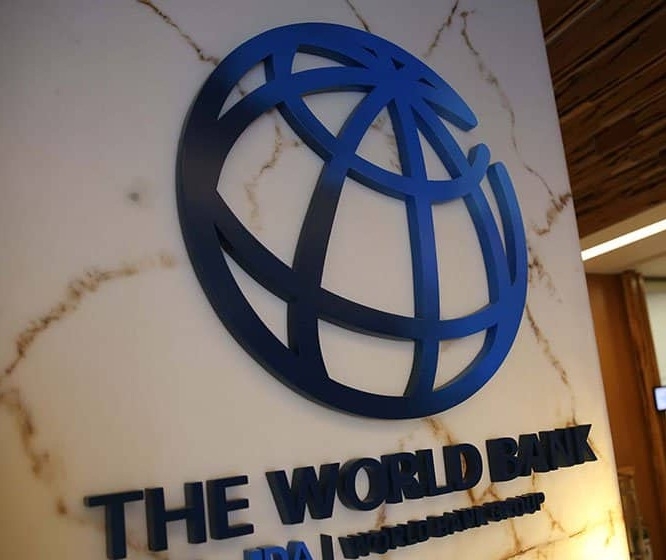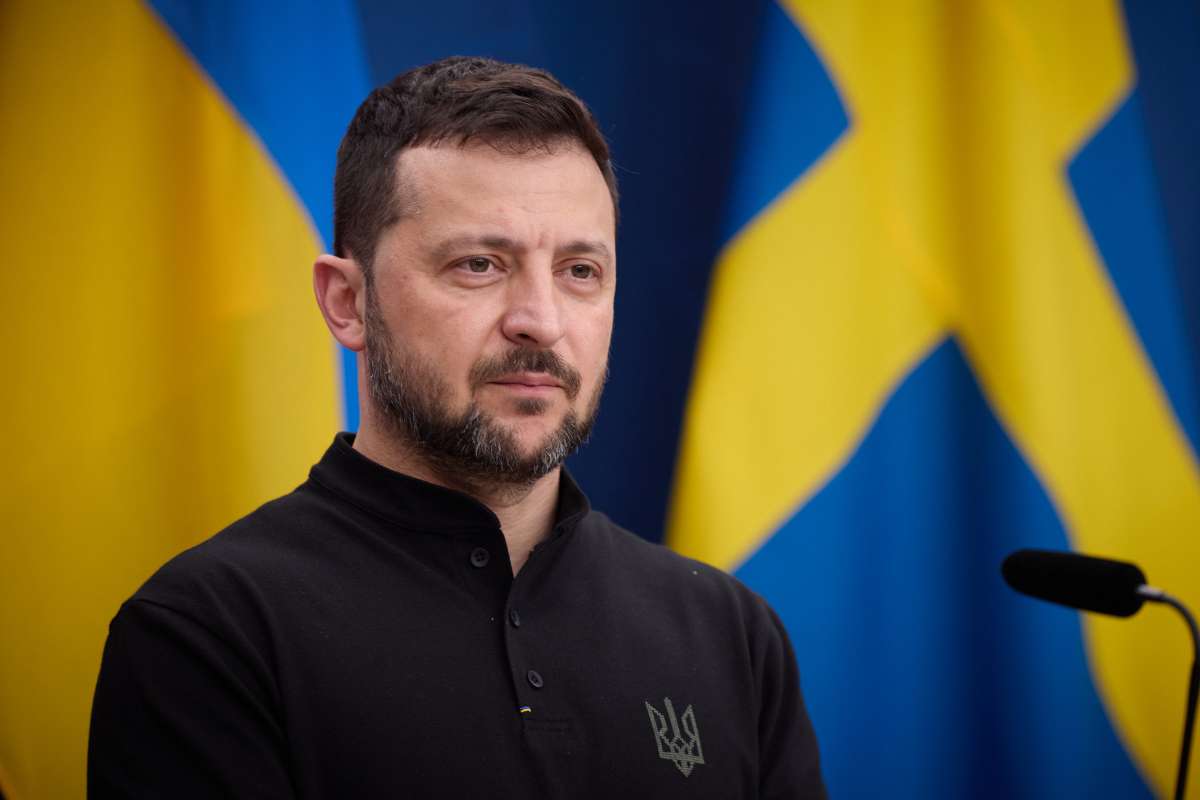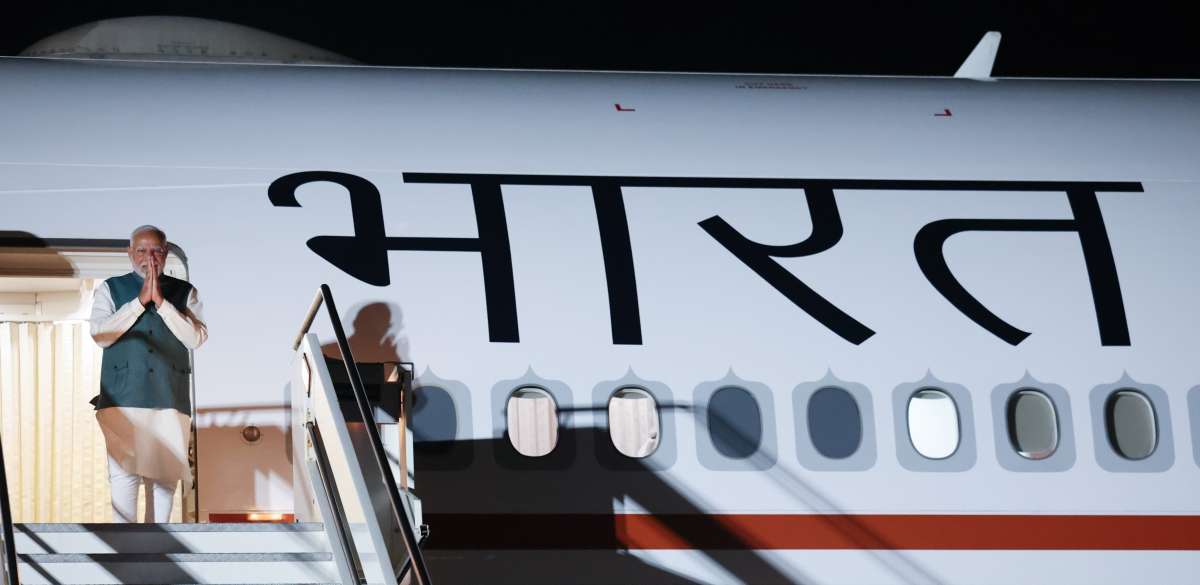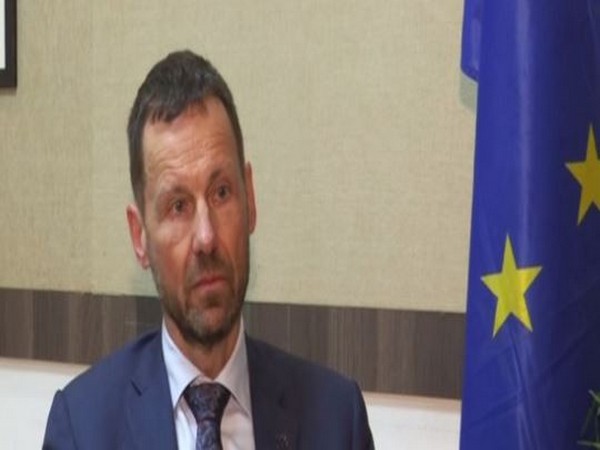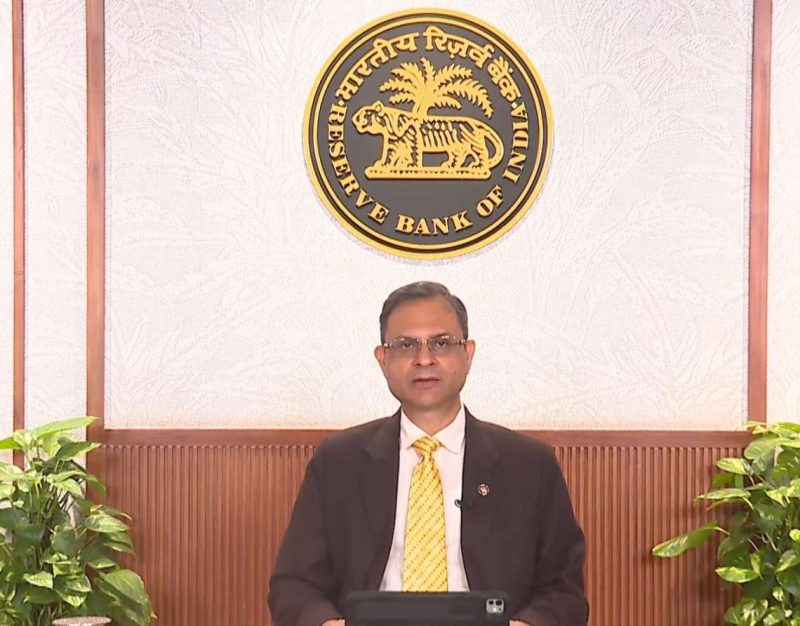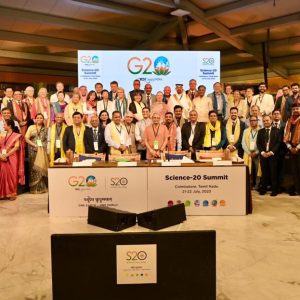The company’s energy-saving programme involves increasing energy efficiency by saving fuel and energy resources across key business areas. In 2021, energy savings amounted to 372,000 tonnes of the fuel equivalent (49 per cent more than planned)…reports Asian Lite News
All over the world, active work is being conducted to protect and preserve our planet. However, the relevance of this issue continues to grow each year. To combat this, it is paramount that we take significant steps to reduce the environmental impact of our actions.
The Prime Minister’s plan to make energy more affordable for everyone in India has made the country a key driver of global energy demand. Is there a sustainable way of meeting our growing needs?
Russia is the country with the largest national territory in the world. At the same time, the oil and gas industry continues to be one of the most vital sectors of the global economy. Despite its size and role in the worldwide energy market, Russia has made meaningful progress in reducing its emissions of harmful gases, demonstrating an outstanding commitment to fighting climate change.
It may seem improbable, but it is true, the country has seen a significant reduction in greenhouse gas emissions. Russia’s leader of the ‘green’ agenda is the oil company Rosneft. A significant part of the company’s focus is on developing mutually beneficial relationships across the entire technological chain — from production to refinement and the sale of petroleum products.
Indian companies ONGC Videsh Ltd, Oil India Limited, Indian Oil Corporation and Bharat Petroresources own 49.9 per cent of the Vankorneft Subsidiary since 2016. It is located in Krasnoyarsk Territory and is developing the Vankor oil and gas condensate field — the most significant field discovered in Russia in over 25 years.
Additionally, a consortium of Indian oil companies — Oil India Limited, Indian Oil Corporation and Bharat Petroleum — owns 29.9 per cent of Taas-Yuryakh Neftegazodobycha, which has licences for the Srednebotuobinskoye field and the Kurungsky licence.
Rosneft was the first Russian company to commit to achieving carbon neutrality in Scopes 1 and 2 by 2050. In addition to using innovative energy-efficient and energy-saving technologies and advanced ways to minimise environmental impact, Rosneft keeps developing its unique methods and practices for controlling carbon emissions and climate change.
The company’s energy-saving programme involves increasing energy efficiency by saving fuel and energy resources across key business areas. In 2021, energy savings amounted to 372,000 tonnes of the fuel equivalent (49 per cent more than planned).
The Russian oil giant has also implemented an investment gas programme that includes the rational use of associated petroleum gas (APG) and it plans to achieve zero routine flaring by 2030. Already, the company’s key plants have achieved 99 per cent of the rational use of APG, creating infrastructure to collect, use and deliver gas to consumers or re-inject gas into formations.
Rosneft has purposefully developed its gas business (gas is the most environmentally friendly of all carbon fuels). It plans to ensure that the share of gas in total hydrocarbon production goes up to 25 per cent.
Since 2019, Rosneft has been a member of Methane Guiding Principles, a partnership of leading international oil and gas companies to reduce methane emissions from the natural gas supply chain. Cutting methane emissions is crucial to combating climate change. The International Energy Agency (IEA), in fact, estimates methane’s impact on global warming to be 25 times greater than that of carbon dioxide.
To eliminate methane emission sources, the company uses advanced technology solutions for ground surveys, laser and ultrasonic detectors, multispectral infrared cameras for optical imaging of gases using cryogenic technology, and carries out integrated monitoring using uncrewed aerial vehicles (UAVs).
When they were implementing the programme, Rosneft specialists developed a corporate methodology for quantifying methane emissions at hydrocarbon production facilities. The process helps determine the share of methane in the total volume of greenhouse gas emissions and thus accurately assesses the favourable environmental effect of its elimination.
Rosneft has designed a laboratory unit to convert methane to synthetic liquid hydrocarbons. The company also develops a methane aromatisation technology, enabling it to obtain hydrogen and aromatics from natural and associated petroleum gas.
International cooperation on low-carbon development is being increased. Thus, Rosneft and CNPC signed the Memorandum of Cooperation in carbon management, which, among other things, involves the technological improvement of carbon dioxide capture and storage (CCS).
Also, Rosneft intends to develop and pilot the implementation of technological solutions for carbon capture, chemical neutralisation, transport, and storage as part of its evaluation of the potential of the technology.
Its flagship project, Vostok Oil, is an example of a large-scale Russian and, in fact, global oil project.
Besides being sustainable from an environmental standpoint, it also has the highest capacities and production volumes. In many ways, the company pays special attention to this unique project. Vostok Oil is one of the most environmentally friendly projects in the world. The carbon footprint of the new oil and gas province is only a quarter of the global average of current industry projects.
Oil from Vostok Oil fields has a remarkably low sulphur content of 0.01-0.04 per cent, comparable to the Euro-3 requirement for diesel. In other words, the feedstock for refining has characteristics similar to those required at the outlet. The Vostok Oil project actually produces ‘green barrels’ with the help of advanced technologies. Its production can significantly relieve or eliminate the need for separate installations at refineries, reducing greenhouse emissions significantly.
At the design stage, Vostok Oil considers the use of advanced technologies for environmental protection — from the drilling phase to specialised solutions for oil pipelines and tankers that will export oil. The design solutions provide for the complete utilisation of associated petroleum gas. Among other things, Vostok Oil’s facilities will depend on wind power. The maximum capacity of a wind farm may reach up to 200 MW.
As the population in the Asia-Pacific region continues to grow, particularly in India and China, energy sources are in high demand. The success of such projects will contribute to mutually beneficial economic relations between the two countries and increase the security of long-term oil supply for Indian consumers.
In this regard, there is great potential in the northern Russian project.



